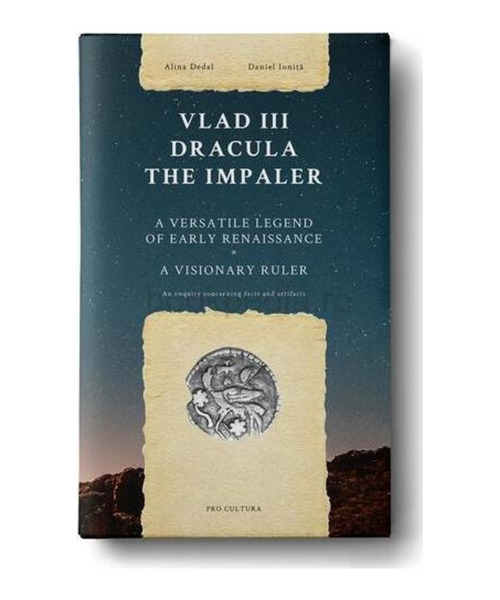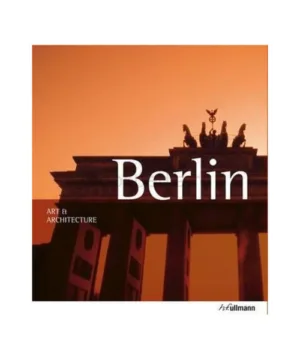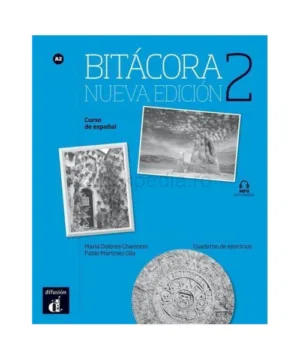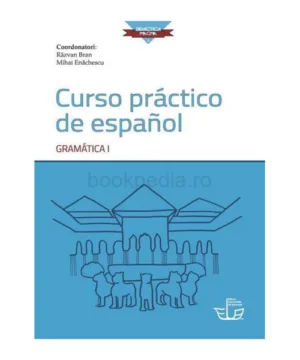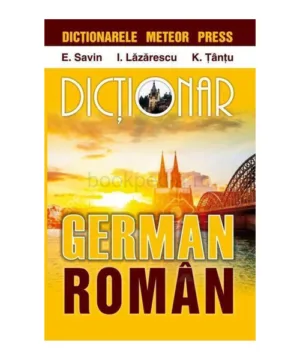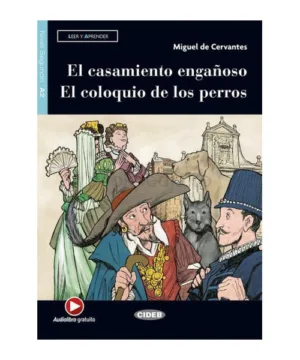| General | |
|---|---|
| Authors | Daniel Ioniţă, Alina Dedal |
| Publisher | Pro Cultura |
| Year | 2023 |
| Others | |
| Language | Engleză |
| Identification | |
| ISBN-13 | 9786069568309 |
| Format | |
| Dimensions | 14x23 cm |
| Pages | 150 |
| Cover | Paperback brosat |
Vlad III Dracula the Impaler. A versatile legend of early renaissance, a vizionary ruler
84,00 lei
| Authors | Daniel Ioniţă, Alina Dedal |
|---|---|
| Publisher | Pro Cultura |
| Year | 2023 |
| Language | Engleză |
| Pages | 150 |
Vlad III Dracula (Drăculea, Drăgulea)– the 15th-century Romanian prince, also known as Vlad Țepeș [the Impaler], is one of the most fascinating personalities of medieval history, competing in notoriety with the greatest historical personalities of the world. And his name is so linked to that of his home country, Romania.
Ever since his lifetime, Vlad the Impaler aroused special interest among his contemporaries, an interest that has long gone beyond Central and Eastern Europe and has perpetuated into the modern age. His true story was hidden behind a veil of myths even in his day. Equally praised or vilified in the writings of contemporary or subsequent chronicles, he was portrayed both as a bloody tyrant – an image that degenerated through the centuries into the fictional vampire of the same name created by the Irish author Bram Stoker at the end of the 19th century – and as a national hero, a prototype of the harsh Christian ruler, who stood up to an Ottoman Empire at the height of its power, a defender not only of his country but of entire Europe.
As visible as he is as a historical figure so his image is distorted, being currently the subject of the contemporary debate of two opposing perspectives regarding the same mythological figure: a great sovereign or an absolute tyrant. The authors of this essay aim to answer some questions emerging from this debate, looking at the historical facts and artifacts attributed to Vlad III Dracula (Tepeş) – which are more or less known to the wider public – placing the famous protagonist in the correct historical moment of the early Renaissance and interpreting the entire context from the present time perspective of a global and interdependent world. Thus, piecing together, the complex and vibrant picture of this period of the Renaissance, we can see it more accurately as a cluster of cultural strategies and techniques within an extremely turbulent political milieu.
What motivated Vlad’s actions? Why was he depicted as a terrible tyrant and torturer, even in his own time? How did Stoker’s book manage to transform him into a vampire and Transylvania into a haunted, evil place? Why, for Romanians is he a symbol of an absolute and just ruler, perhaps even a visionary? Did he send a message through centuries for his people? How did he convey his message?
Alte titluri pentru DanielIoniţă (autor):
Comunicare în limba engleză. Caiet pentru grădiniţă (2014)
,
Testament. 400 de ani de poezie românească/400 years of romanian poetry (2020)
,
Vlad al III-lea Dracula Țepeș (2022)
,
Alte titluri pentru AlinaDedal (autor):
Vlad al III-lea Dracula Țepeș (2022)
,
The Food Itself (2022)
,




